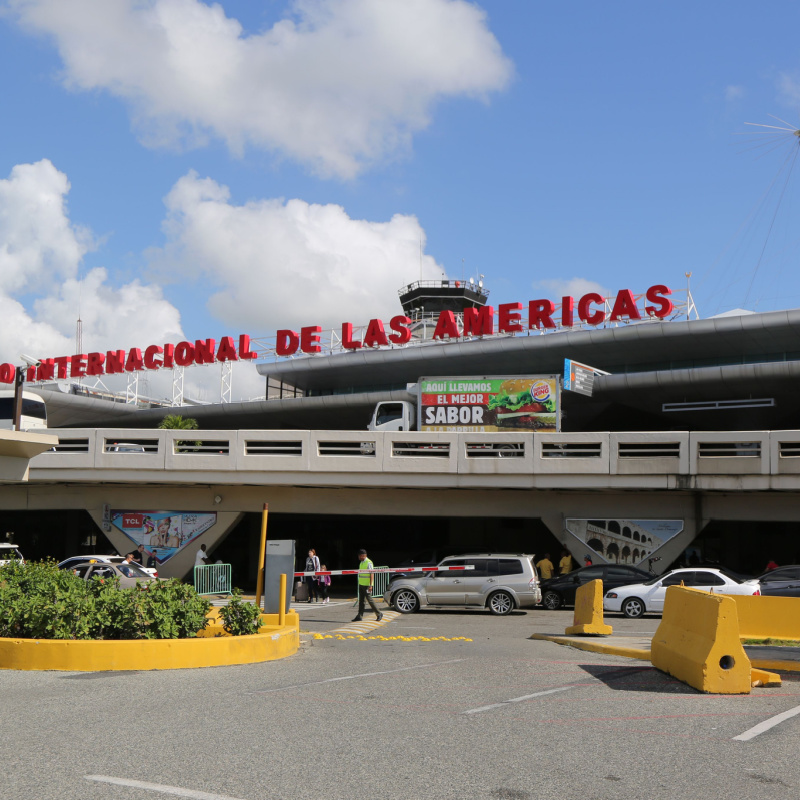One way to reduce the impacts of disasters on the nation and its communities is to invest in enhancing resilience–the ability to prepare and plan for, absorb, recover from and more successfully adapt to adverse events. Enhanced resilience allows better anticipation of disasters and better planning to reduce disaster losses-rather than waiting for an event to occur and paying for it afterward.
“Resiliency” contains two main concepts: resistance to disruption (call it “preventive resiliency”) and the ability to regain an acceptable level of function more quickly after a disruption (call it “reactive resiliency”). Preparedness or Resilience is the ability of people, households, communities, countries, and systems to mitigate, adapt to, and recover from shocks and stresses in a manner that reduces chronic vulnerability and facilitates inclusive growth. When severe weather damages airports and seaports, local and regional communities face a cascade of hardships extending far beyond the original crisis. Medical evacuations are delayed. Food and supplies cannot reach vulnerable populations. Regular trade slows or stops, resulting in long-term economic distress.
What problem is C-PREP addressing?
Damaged airports and ports in the Latin American/Caribbean (LAC) region have a tremendously deleterious effect on the local community – indeed, on the whole country, as the very crisis event that damages ports also cripples efforts to deliver badly-needed goods and aid in the wake of the event. Generally, LAC countries are vulnerable to natural disasters including hurricanes, earthquakes, flooding, droughts, landslides, tropical storms, and tsunamis. After natural disasters, damage to airports/ports can take an enormous toll on communities, as medical and humanitarian assistance is delayed, prolonging, and worsening the suffering caused by the disaster during the first hours. Air (and sea) services play an essential role in assistance to regions facing natural disasters, perhaps the most immediate and effective resources can be catalyzed, but this will happen only if the airports/seaports are prepared and are resilient immediately after the disaster occurs. Thus, airports/seaports and key stakeholders are critical for immediate disaster response in affected communities and for the socio-economic recovery of these countries.
Additionally, in the face of global pandemics and other infectious diseases, airports and communities must remainvigilant against the forces of nature while considering taking protective and preventive measures, as naturaldisasters can also hinder efforts against pandemics, aggravating the situation due to the interruption of essentialservices, including airports/seaports.
Why Airports And Seaports?
While some LAC airports and seaports currently employ disaster resilience strategies, very few, if any, are fully optimized: local and regional planning, training, drilling, and exercising of standard operating procedures (SOPs) are still evolving. C-PReP’s accelerated airport and seaport restoration plan can be of tremendous benefit in fostering disaster resilience in the LAC region by implementing a fully integrated strategy involving state coordinators, government agencies, NGOs, logistics firms, and other stakeholders. Helping disaster-stricken countries reopen ports as quickly as possible restores the flow of vital humanitarian aid and speeds economic recovery, saving lives and livelihoods.


